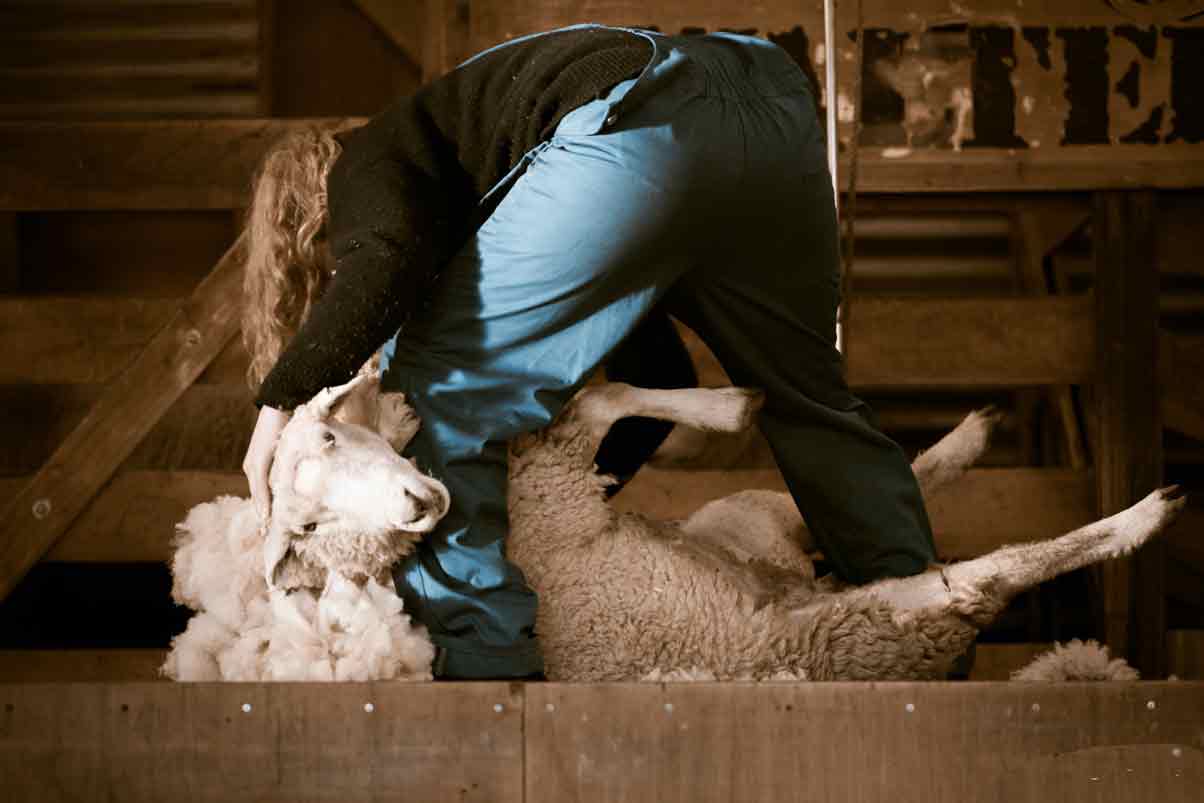In response to the knowledge that a lot of hair goes to waste, the public Fibershed group started a waste hair working group. A member of this group was pearling it for a soil correction. This idea caught the eye of Peggy Hart, a member of the Western Mass Fibershed and hair artist, author and author of backers robes, which weaves artisan robes on relic looms. The Western Mass Fibershed decided to take on the design.“ I ’m always wheeling and dealing with buying hair and helping lamb growers get their yarn spun, ” says Hart. “ It’s trying to bring this particular fiber back to people’s knowledge because for so numerous times, people haven’t used hair. And yet, we continue to raise lamb. ”
Western Mass Fibershed applied for subventions and, with the backing it entered, will be suitable to buy its own ministry to pelletize hair. This once season, Hart drove 100 pounds of hair down to Indiana to be converted into bullets as a test run. This time, the group vended the bullets at growers requests and gave some to UMass to test in its permaculture auditoriums .
Hart is hoping to admit the ministry and have it up and running by the late downtime or early spring, around the time the first shearing of the time occurs. She’s estimating they will be suitable to reuse 10,000 pounds of hair from the girding area, which she does n’t anticipate will be hard to find. numerous growers she’s spoken to are happy to just get relieve of the hair.
The other main thing for the future is to compensate growers for their waste hair. It wo n’t be important to start, says Hart, but, hopefully, it would at least cover the cost of shearing. At The Big E, a fair in Massachusetts, Hart started talking to some of the growers who were showing their lamb.
“ They just sort of laughed when I asked them what they did with the hair, ” says Hart. “ And when I said that we actually hope to pay growers for their waste hair, they were just rapturous. ”
erecting a business
Back at Lone Sequoia Ranch, after hearing about the possibility of making hair bullets, Maksymiuk took the plunge and bought the ministry from Europe. She started unfolding in June of 2022. To date, her business Waste Not hair has diverted 9,000 pounds of waste hair from the tip
, burn pile or general lack of use. In addition to bringing nutrients to the soil, Maksymiuk has anecdotally observed that it holds water well, too, and helps aerate the soil.
She tells people to suppose of it like washing a hair sweater — when it’s wet, it weighs a lot further. “ It’s so heavy because it’s impregnated with water, ” says Maksymiuk. “ That’s like these little bullets. ”
Now, she sells the bullets at in- person requests and online. In the future, she ’d love to do bullet trials with growers and custom pelleting — taking hair from growers and giving it back to them as bullets.
“ Lots of people that have lamb also have auditoriums , ” says Maksymiuk. “ So, I would really like to be suitable to take their hair, bullet it and have it go back to them so that they ’re making their granges more indirect. ”

